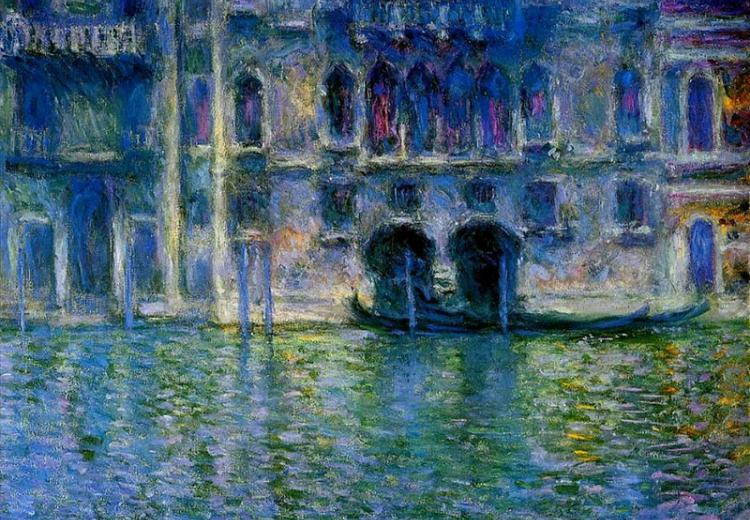Lesson 3: Repetition in the Visual Arts

Palazzo da Mula at Venice, Claude Monet.
Courtesy of Wikimedia
When we view paintings and other works of art our eyes usually move across the surface of the canvas, hitting on various points, objects, and figures in the picture. Our attention is drawn to particular parts of the image—to certain figures or actions—which propel the narrative captured in the picture or which convey certain information to the viewer. Certainly the artist wants to be sure that the audience pays the most attention to the important elements—such as the focal point—in the image rather than decorative or background elements. In this lesson students will learn about repetition, one of the techniques artists often use to highlight important elements within a painting's composition, and to move a viewer's eye around the canvas, from highpoint to highpoint.
Guiding Questions
How do compositional elements guide the viewer's eye around the canvas?
What is repetition in the visual arts, and how does it affect works of art?
Learning Objectives
Identify repetition in the composition of a variety of art works, and how it is used to create a unified composition.
Explain how the artist's compositional choices guide the viewer's eye to important components of the image.
Discuss ways in which the compositional structure of a painting affects the tone of the painting, or communicates information or emotional content to the viewer.
